Welcome to Paulina Cocina ! I encourage you to get comfortable before listening to today's recipe. It's a dish known as Veal Ragù "Ragout" if the idea is to look like royalty. With this recipe, we travel directly to the Old Continent, as it's a typical Italian dish . Don't worry if you didn't receive a million-dollar inheritance or didn't buy Bitcoin at the time, because today we're taking you on a trip without a passport.
In this article, we'll explore the history of the traditional ragù recipe, how it's made, and some of the variations found throughout Italy. We'll also provide a recipe so you can make this incredible dish at home.
We warn you now that this dish takes time, but as the saying goes, "He who knows how to eat, knows how to wait." All we need is a hearty appetite. Are we ready?
Content table
3 tips for cooking beef ragù
#1 Reserve a couple of hours of the day in advance
First and foremost, and if we want it to turn out well, we need to start preparing the ragù about four or five hours in advance. We start early in the morning so that the meat can cook for as long as possible, absorbing all the necessary flavors and becoming completely tender. The cuts of meat we're using (such as veal or beef) work best with many hours of loving care over the fire .
If we know how to use these cuts in more elaborate dishes, we can achieve not only an excellent texture but also an incredible combination of flavors. Argentina and Italy in the same dish. How about that?
#2 Types of meat that can be used in the Ragù recipe
And you might be wondering, can I use another type of meat to make Ragù? Of course, Mabel, you can use lamb or chicken, but the cooking time will vary, especially with white meats, since they're much more tender.
The meat typically used to make ragù is veal, but be careful, you can look for cheaper cuts like ossobuco or roast beef. At first glance, they don't seem like the best option, but their tough exterior is offset by the hours you'll spend cooking this dish. Give it a try, and then they'll call you from the Italian consulate itself to grant you dual citizenship.
#3 Attention: Seasonings are everything
That cooking time we talked about so much helps you give the veal ragù its full flavor with the seasonings; these must be well infused with all the ingredients. We start with the most classic salt and pepper , the perfect combination that can never be missing, followed by bay leaves, which always look spectacular on any dish with meat and sauce.
As an optional seasoning we have thyme or rosemary , of both I advise you to add a little because sometimes they take center stage and invade with their flavor.
Finally, the proof of love: garlic . You choose how much to add. My recommendation is two or three cloves, and a good kiss after a good plate of ragout is always a must.
The perfect companions for Ragú
The classic, ultra-conservative orthodox version of ragù says it goes with vegetables. But we can indulge in some indulgences, like rice, for example. Who can say no to a good bowl of white rice soaking up all that ragù juice?
We can also accompany it with baked potatoes or mashed potatoes . The important thing here is to make the most of all that flavorful liquid, so even a good piece of bread will do.
Okay, less talk and more action. Let's take note of the ingredients and get started, this delight can't wait. Let the magic begin, and we'll see you in Italy. Arrivederci!
Step-by-step beef ragù recipe
Ingredients for two people
- 400 gr of beef.
- ½ cup of all-purpose flour.
- 1 medium onion.
- 2 garlic cloves.
- 2 Carrots.
- 3 tablespoons of tomato sauce.
- Laurel.
- Thyme.
- Oregano.
- Olive oil.
- Salt and pepper.
- A can of peas.
- 1 cup of vegetable or meat broth.
- ½ glass of red wine.
How to make beef ragù in 6 steps
- Cut the meat into medium cubes, season with salt and pepper, and coat each piece in flour.
- Place a little oil in the bottom of a frying pan and heat over medium heat until hot. Brown the meat on both sides and set aside.
- Meanwhile, chop the onion and garlic into small pieces. Reduce the heat to low and sauté the onion and garlic there. After 5 minutes of cooking, add the carrots, chopped into medium pieces. Stir constantly and cook for another 10 minutes.
- After the time has elapsed, add the previously browned meat, stir, and add the glass of wine. Cover the pot and wait for the juices to reduce by half.
- 15 minutes later, add the tomato sauce along with a pinch of salt, bay leaf, oregano, and thyme. Finally, add the broth and cover the pot again. Let this simmer for an hour until the meat softens and falls apart on its own.
- About 10 minutes before finishing, add the peas and stir the entire mixture.
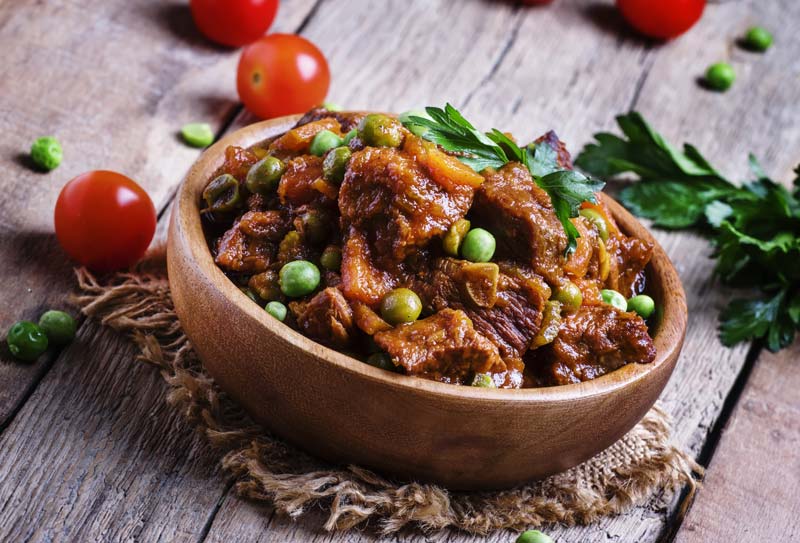
About the traditional ragù recipe
Veal ragu is a classic Italian dish that has been around for centuries. It's made by simmering veal shanks in a rich tomato sauce until the meat falls off the bone. The resulting sauce is thick, rich, and incredibly delicious as the meat melts in its mouth.
We can understand the traditional Ragù as a great stew (translated into Argentinian). Of course, there are some differences that give this dish that special touch, and believe me, you don't need dual citizenship to make it spectacular. If you have a few hours a day to spare and a desire to conquer the world, this recipe is for you, so pay attention...
What is the history of Ragú or Ragout?
The history of beef ragu is a bit murky, but it's believed to have originated in the Romagna or Emilia-Romagna regions of Italy. That's right: This delicious dish has been around for centuries and is considered a classic of Italian gastronomy. According to some stories, the ragu recipe was created as a way to use up leftover beef , which was often abundant in these regions—not unlike what we make at home when we have leftover roast beef or something. The dish became popular because it was hearty, filling, and could be easily made with readily available ingredients.
What are some of the variations of Ragú?
- Ragu alla Bolognese: Italy's most classic dish, it's made with minced beef, pork, and bacon. It's usually served with tagliatelle or pappardelle pasta.
- Ragu Napoletano: This version of the classic dish is prepared with tomatoes, onions, garlic, and basil. In this case, it's usually served with spaghetti or bucatini pasta.
- Ragu alla Fiorentina: It contains beef, pork, and rabbit, but is also characterized by being cooked with red wine and tomato sauce. It's served with pappardelle pasta.
- Ragu di Verdure: This vegetarian ragu uses mushrooms, onions, carrots, and celery to create a hearty and flavorful dish.
“Ragu is not prepared, it is achieved”
As Neapolitan writer and cultural expert Giuseppe Marotta : Ragù is a dish that isn't prepared, it's achieved in the same way you might win a game. It's certainly a difficult and time-consuming dish, demanding great enthusiasm and devotion to the culinary craft: perhaps one of those dishes that only mothers and grandmothers can make perfectly. Are you up for it?
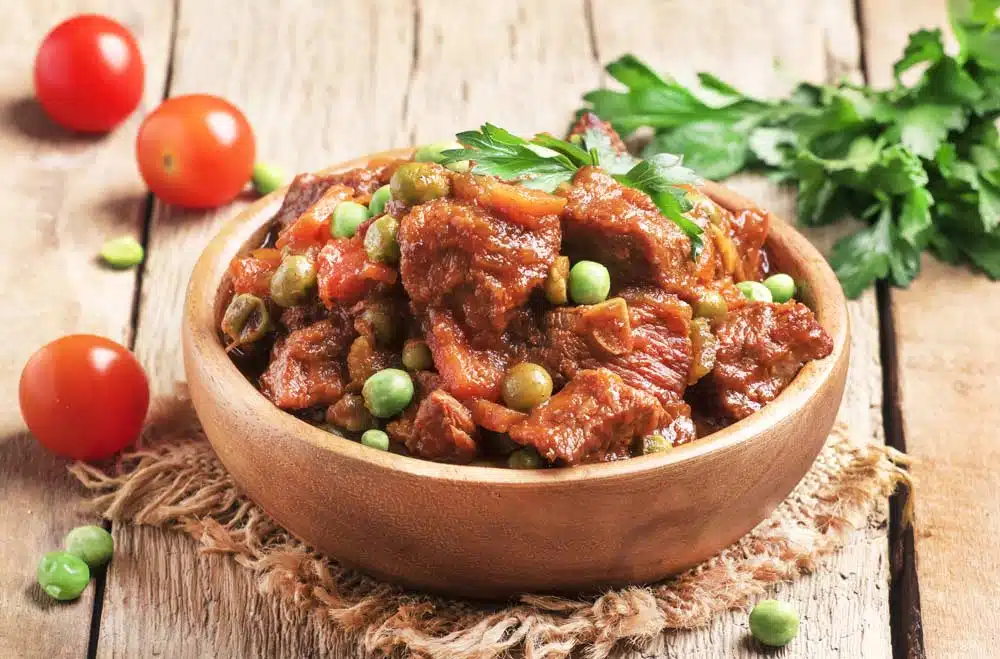
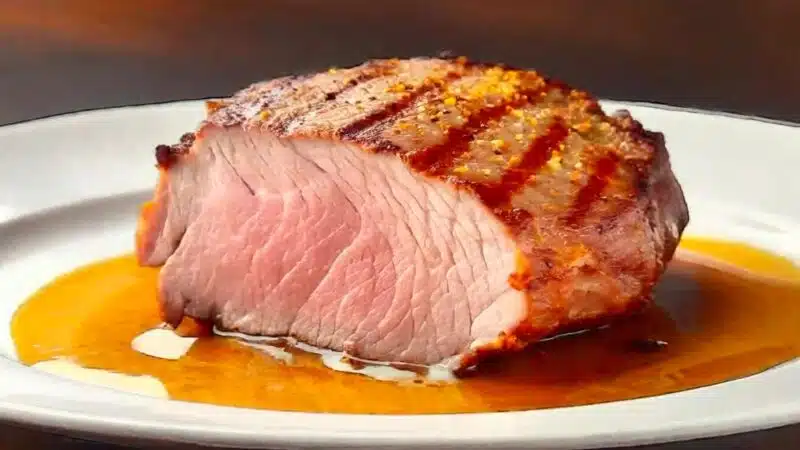
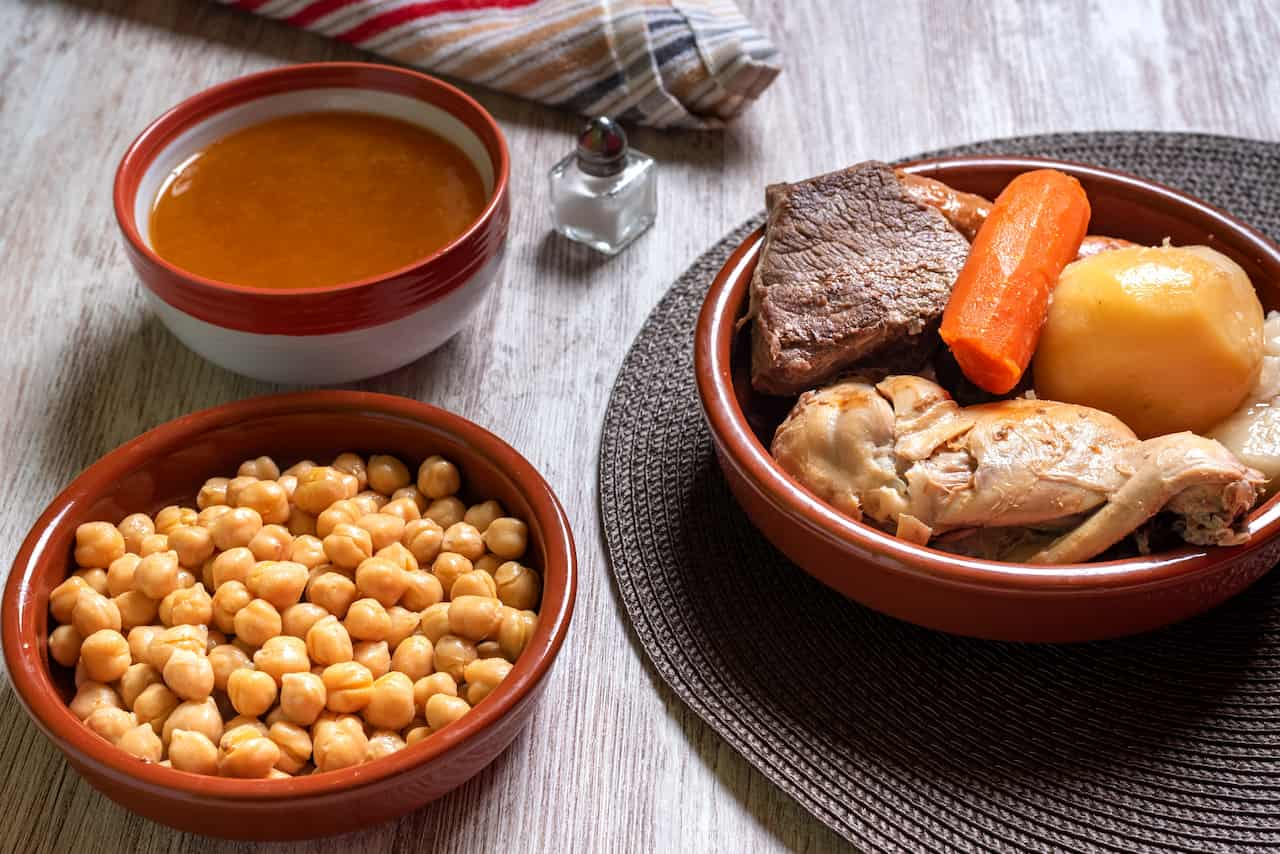
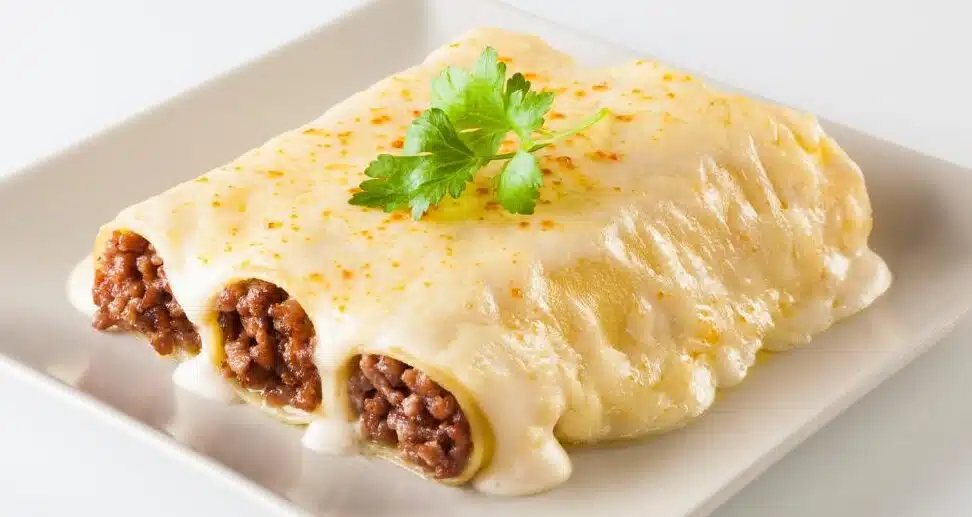


The hour is a measure of time, it measures 60 minutes. What is the hour? Corny!
I made it on Sunday the 21st. Easy and delicious. Worth it.
Very tasty, but it's not Italian, it's French! 🙂